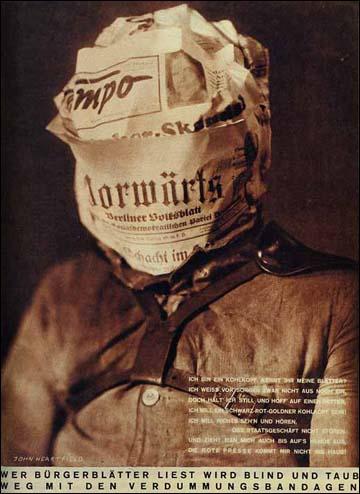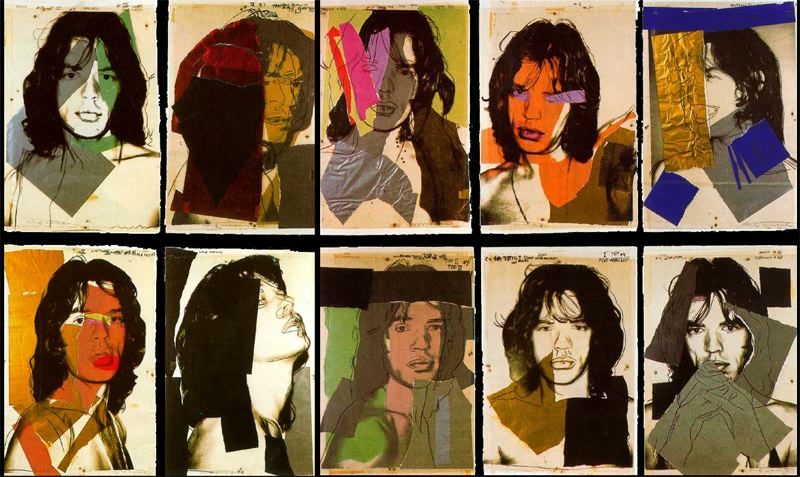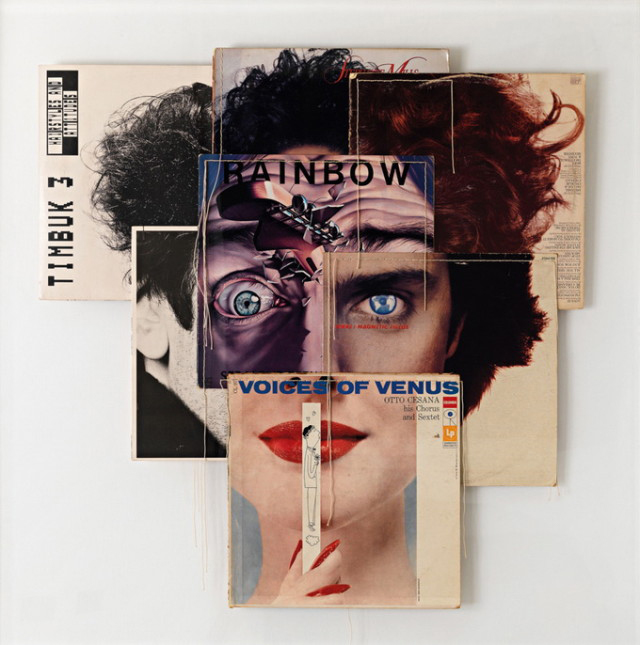This week’s tasks are designed to encourage you to explore your creativity by looking responding to Constructed Portraits.
- Photo-montage
- Composite portraits
- Collage
History of Photo-montage (Europe 1910 onwards)
- A photomontage is a collage constructed from photographs.
- Historically, the technique has been used to make political statements and gained popularity in the early 20th century (World War 1-World War 2)
- Artists such as Raoul Haussman , Hannah Hoch, John Heartfield employed cut-n-paste techniques as a form of propaganda…as did Soviet artists like Aleksander Rodchenko and El Lissitsky
- Photomontage has its roots in Dadaism…which is closely related to Surrrealism







Pop Art developments (USA and UK 1950s-)
- Photomontage was also used to great effect by various Pop Artists in the mid 20th Century
- Pop art was a reaction to abstract expressionism and was similar to DADA in some ways
- Many Pop Art images and constructions tackled popular consumerism, advertising, branding and marketing techniques
- Pop art also explored political concerns such as war, and gender roles too




Examples and Inspiration
- richard hamilton / kurt schwitters / peter blake /
- soviet art
- sammy slabinck
- john stezaker
- jesse treece
- jonny briggs
- david hockney
- hannah hoch
- Annegret Soltau
- Brno de Szou
- Joachim Schmid
- Jesse Draxler
- Peter Kennard
- Eugenia Loli
-
Sarah Eisenlohr
- Grete Stern
- Jerry UELSMANN
- Duane Michals
- Edmund Teske
- Man Ray
- El Lissitsky
- Martha Rosler







.jpg)




In her artist statement Montana based artist Sarah Eisenlohr explains that her collages use places of existence to create fictional ones in an effort to demonstrate the ways in which humans have transformed the earth. These scenes often carry undertones of spirituality and faith. “I consider the figures’ desire for shelter, warmth, and something stronger than themselves as symbols of serenity that I seek through spirituality, while the use of sublime in my work points to a relationship with the divine,”

California based artist Eugenia Loli draws inspiration for her surreal art collages from vintage magazine images. Loli intends for her images to serve as a snap shot from a surreal movie from which the viewer can create his or her own narrative.
Task 1
- Create a blog post that includes a clear understanding of the history and background of photo-montage.
- Include a moodboard / mindmap
- Add examples of Early – late 20th Century Photomontage eh Hannah Hoch
Task 2
- Choose a specific photo-montage artist and write/create a CASE STUDY
- Include a detailed analysis of 1 x key image by the artist
- Add TECHNICAL -VISUAL-CONCEPTUAL-CONTEXTUAL understanding
Task 3
- Create a set of 3-5 photomontage using a mixture of your own imagery (portrait) and “found” imagery….(this could be archival imagery)
- Ensure you include a sense of identity and place
- Show your process clearly…remember to add screen shots etc
- Evaluate your process…describe and explain
Complete over the Christmas Break…and see you all on Tuesday 8th January 2019
KEY COMPONENTS AND DISTINGUISHING FEATURES of PHOTO-MONTAGE
- A NARRATIVE, CONCEPT OR THEME (A MESSAGE OR A COMMENT)
- ARCHIVAL / VINTAGE IMAGERY COMBINED WITH OWN IMAGERY
- SUBVERSION OF MEANING—-POSTMODERNISM
SOURCE MATERIAL YOU CAN USE
- NEWSPAPERS
- MAGAZINES
- ORIGINAL IMAGERY (from studio, tableau, other portraits etc)
- INTERNET-SOURCED IMAGERY
- BOOKS
TECHNIQUES
- MANUAL CUT-N-PASTE (SCISSORS, SCALPEL AND GLUE)
- PHOTOSHOP –
- selection tools (to cut and move elements of images)
- free transform (CTRL T)– to move, re-size and shape elements
- layers and layer masks
- opacity tool
- blending options
- distortion
- proportion
- scale
Ensure you have enough evidence of…
- moodboards
- mindmaps
- case studies (artist references)
- action plans
- photoshoots + contact sheets (annotated)
- appropriate selection and editing techniques
- presentation of final ideas and personal responses
- analysis and evaluation of process
- compare and contrast to a key photographer
- critique / review / reflection of your work
Ensure you discuss / describe / explain your images using key words and vocab…

